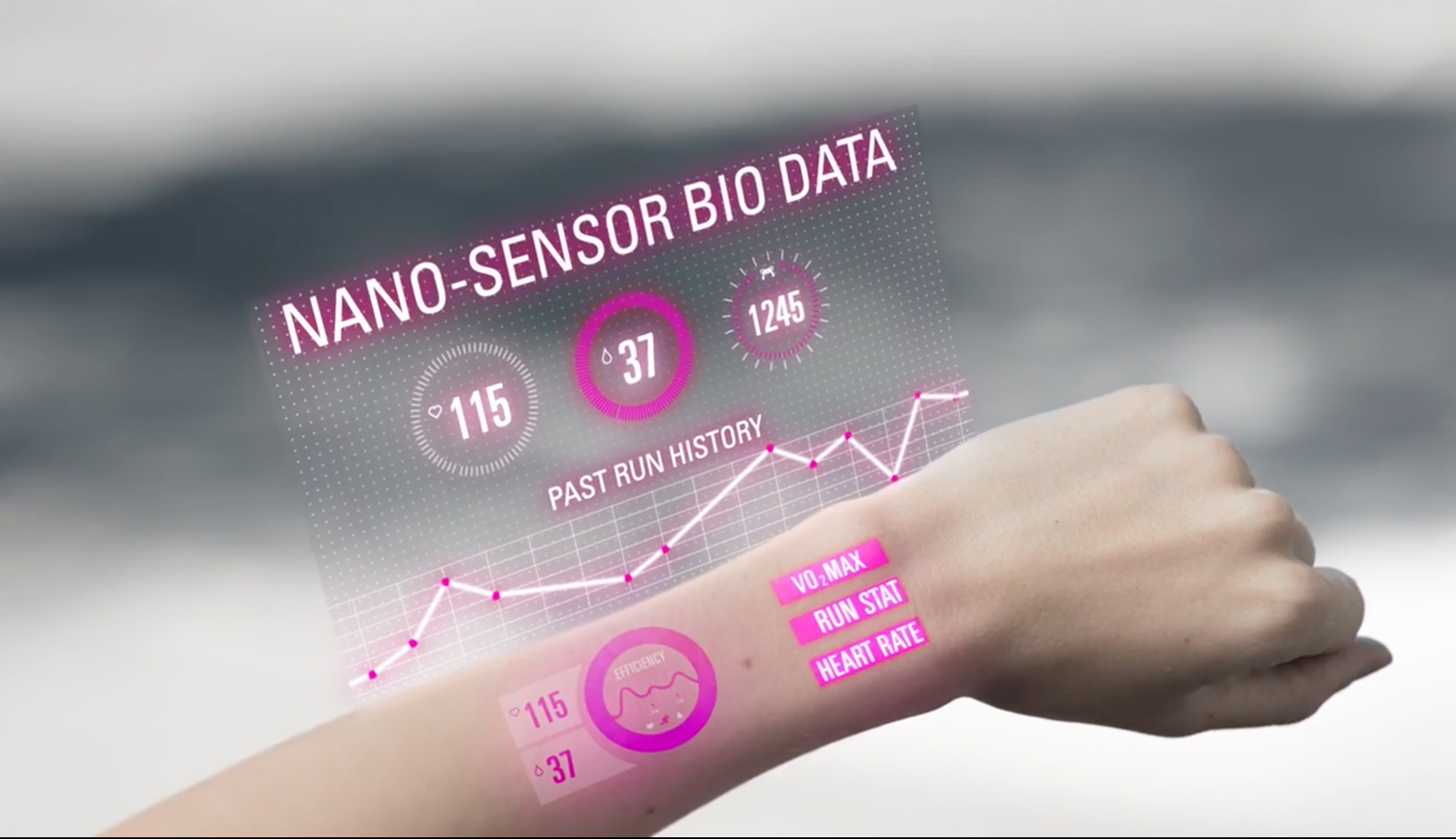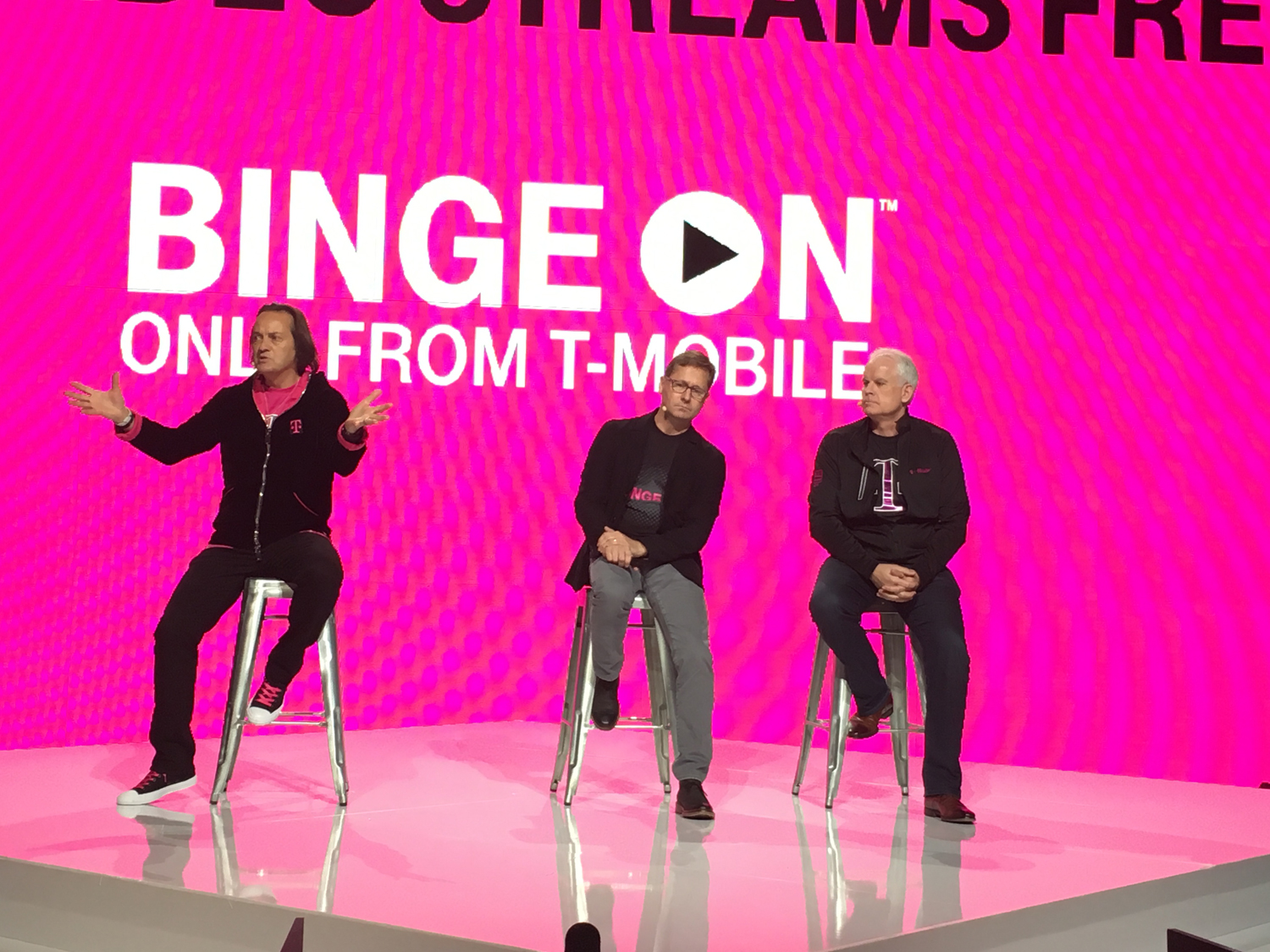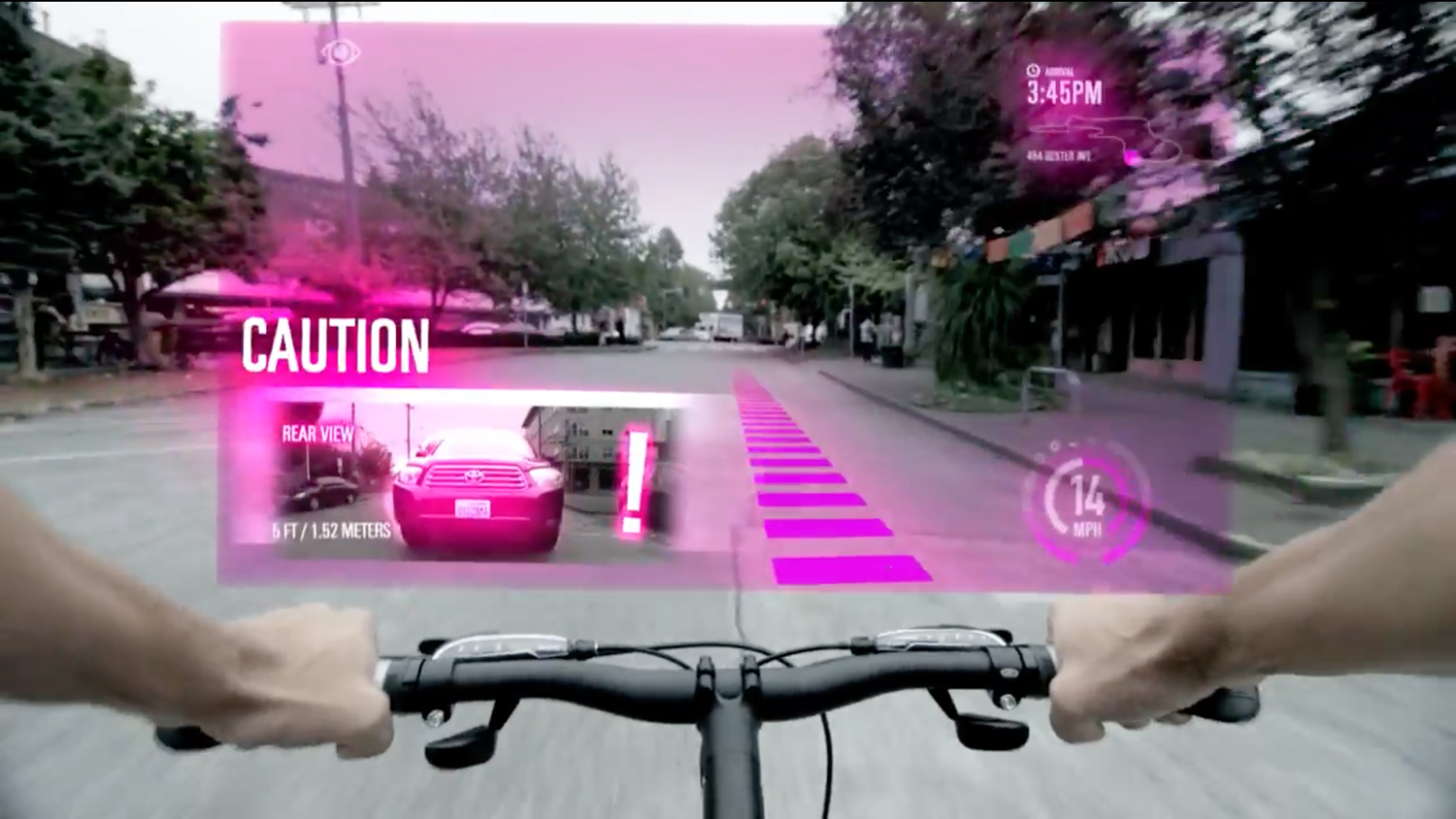5G Is Coming, and T-Mobile Has Big Plans
The number three cell phone carrier's Chief Technology Officer says its bigger competitors aren't doing enough to make 5G connections widely available.

Broad use of vastly speedier 5G wireless connections is still years away. But T-Mobile has some big ideas about how to leverage it, such as handling customer service via augmented reality and real-time translations for in-person conversations, among other data-intensive tasks.

Those were some of the ideas outlined by Neville Ray, the Uncarrier's chief technology officer, during a keynote speech at the this week's Competitive Carriers Association meeting that addressed 5G's potential while also taking a few knocks at how T-Mobile's rivals are preparing for the new wireless standard.
5G is the successor to the 4G LTE networking currently used by wireless carriers. The new standard is expected to be much faster — up to 1,000 times faster than current 4G connections, according to some networking experts. This summer, the FCC voted to open up high-band spectrum for 5G wireless services, though the first commercial deployments are likely four years away.
MORE: 5G Networking: The Definitive Guide
That's not stopping carriers from thinking up how they're going to put these higher speeds to work. In T-Mobile's case that means more immersive experiences, whether it's the customer service scenarios outlined by Ray or concerts that use virtual reality. In a teaser video accompanying the T-Mobile executive's speech, the carrier touts the potential for handling more data-intensive fitness tracking in real time thanks to 5G's promise of low latency and high bandwidth.

Other carriers have outlined 5G plans of their own. Verizon, for example, has talked up how 5G will improve streaming video and accommodate a growing "internet of everything" — an expansion of the Internet of Things concept with many connected devices talking to each other. AT&T's roadmap to 5G includes improvements to streaming video as well as self-driving car tech, robotics and an Internet of Things network that stretches across cities.
Given T-Mobile's frequent digs at its rivals, it will not shock you to learn that Ray dismissed these plans, saying other carriers were failing to take steps to make 5G come sooner and develop new and more exciting uses for it.
"The carriers’ vision for 5G’s potential is mind-numbingly limited," Ray wrote in a blog post that accompanied this week's keynote speech. "With incredibly low latency, very high bandwidth and sensors capable of decade-long battery life, 5G networks are set to enable one of the biggest tech transformations in history."
That transformation means "every major tech trend that sparks our imaginations — mobile virtual reality, augmented reality, artificial intelligence and more — will all be made better and available on-the-go because of 5G," Ray added.
T-Mobile says it's working with standard bodies and device makers on early 5G trials. Ray says the carrier has demonstrated speeds up to 12 Gbps with latency under 2 milliseconds. "No doubt about it," Ray wrote. "5G will be amazing. And, we are all working with the same tools to get there. But here’s the thing — it’s not about the tools. It’s about how you use them."
It's fairly bold talk, though T-Mobile's rivals would likely counter that their plans for 5G are just as bold. We've got a long way to go before we see what pans out and what turns out to be hype. But we're excited to see what wireless network providers can deliver as 5G moves closer to becoming a reality.
- What's Next for Car Tech: The Road to Self-Driving Autos
- The Best and Worst Phone Carriers
- What's Next for VR: More Useful Content, Less Nausea
Get instant access to breaking news, the hottest reviews, great deals and helpful tips.
Althea Chang is Associate Director of Content Development for Consumer Reports and was previously a Senior Writer for Tom's Guide, covering mobile devices, health and fitness gadgets and car tech.
